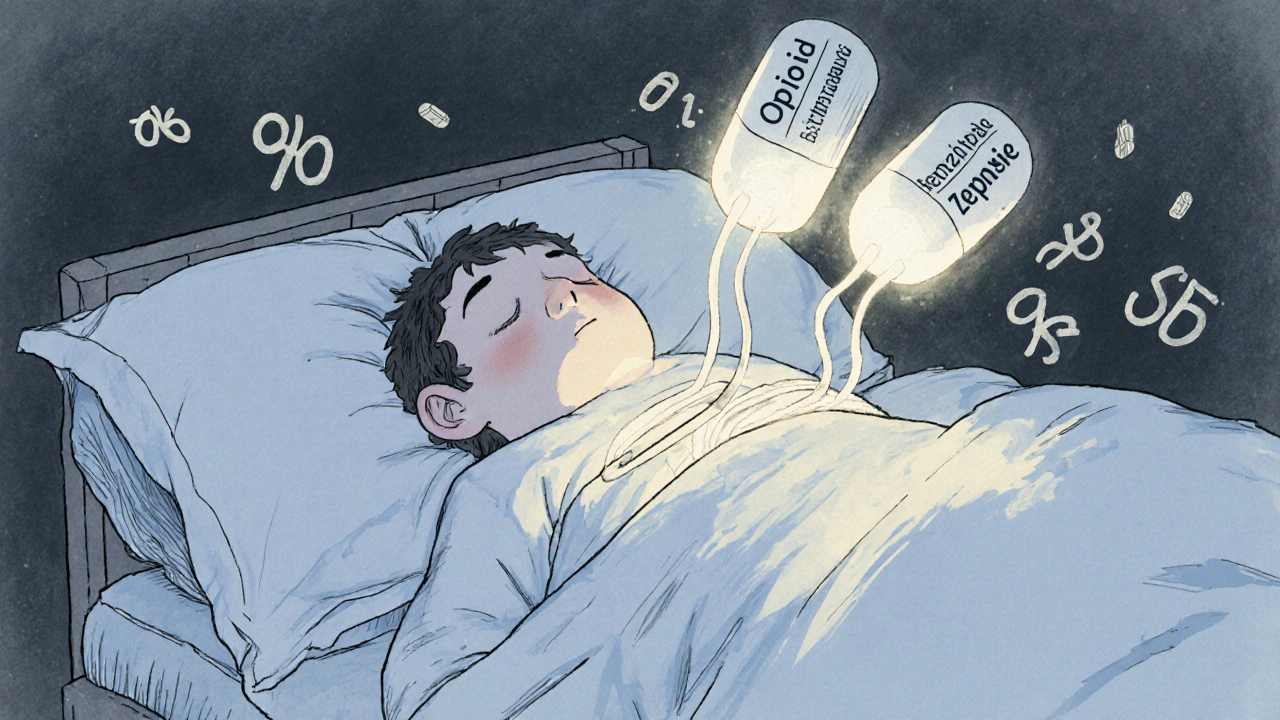Drug Interaction: What You Need to Know About Medication Conflicts
When you take more than one medication, your body doesn’t always treat them like separate guests—it sees them as a crowded room where some might bump into each other. This is what we call a drug interaction, a change in how a drug works when combined with another drug, food, supplement, or medical condition. Also known as medication interaction, it’s not just about pills clashing—it’s about your liver, kidneys, and gut getting overwhelmed, confused, or overstimulated. These aren’t rare accidents. One in five adults on multiple prescriptions experiences at least one meaningful interaction, and many don’t even know it.
Some drug interactions, happen when one drug blocks or speeds up how another is broken down by the liver. Also known as pharmacokinetic interaction, this is why grapefruit juice can turn a simple blood pressure pill into a dangerous overload. Others, like side effects, occur when two drugs amplify the same effect, like drowsiness or low blood pressure. Also known as pharmacodynamic interaction, these are why mixing sleep aids with painkillers can slow your breathing to dangerous levels. Then there’s the hidden kind: when a supplement like St. John’s wort quietly cancels out your antidepressant, or when an antibiotic wipes out your gut bacteria and turns your diabetes meds useless.
It’s not just about what’s in your medicine cabinet. Your age, kidney function, even how much water you drink can change how these interactions play out. Older adults are especially at risk because they often take five or more drugs daily—and many don’t tell their doctor about the OTC painkillers or herbal teas they’re using. That’s why a simple list of everything you take—prescriptions, vitamins, CBD oil, even that daily turmeric capsule—is the best shield you have.
You don’t need to memorize every possible combo. But you do need to know the red flags: sudden dizziness, confusion, unusual fatigue, swelling, or a rash after starting a new med. If something feels off, it probably is. And if your pharmacist asks you a question about your meds that seems too basic, don’t brush it off—they’re not being repetitive, they’re being lifesaving.
Below, you’ll find real, practical guides that break down exactly how common medications interfere with each other. From how blood thinners react to COVID treatments, to why your diabetes pills might make you gassy, or how a heart drug can trigger gout. These aren’t theory pieces—they’re what real people and real doctors are dealing with every day. You’ll learn how to spot trouble before it starts, what questions to ask your provider, and how to keep your meds working the way they should—without surprises.
Taking opioids and benzodiazepines together can stop your breathing-even at normal doses. Learn why this combination is deadly, who’s at risk, and what to do if you’re already on both.
Warfarin and NSAIDs together double the risk of dangerous bleeding. This detailed guide explains why, which NSAIDs are worst, what to use instead, and how to stay safe.


